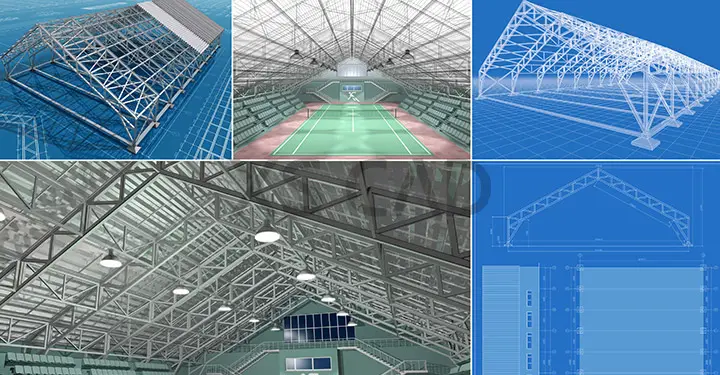Our Articles

Benefits of VDC Services from India
Many innovations have been adopted in the new world of modern construction in Western countries, but it is in the field of virtual building design that novel concepts have become virtually the norm. Virtual design and construction (or VDC) is one such concept that promises to be in vogue for the foreseeable future. At times compared and confused with building information modelling, or BIM, VDC has a definite role to play in building design and several benefits to offer that make it desirable. It does, though, require a certain level of technical proficiency, experience and accuracy that may not necessarily be available at all times and all places in the West. Experienced, knowledgeable, adaptable and cost-effective technical professionals in India can fill the void, and fill it admirably. Let’s look at just how this happens.
Firstly, VDC is understood to be a process that involves the management of project design models that are integrated and multi-disciplinary. This would include the facilities, work processes and the organisation of the design/operation team. The range of VDC processes are even more expansive. They include:
Models of BIM projects are multi-disciplined, consisting of aspects that can be designed and managed, the organisation that will design, construct and operate it and the process. Also, using BIM technology in VDC helps resolve spatial challenges.
These BIM models are part of the VDC process and are integrated to access shared data. If any stakeholder modifies or adds details to any aspect of the model, integrated models modify the corresponding aspects of all the related models, representing the architectural, engineering, construction (AEC) aspects of the project. These models perform valuable functions, such as predict project performance and track relevant processes.
One of the special features of VDC is the incorporation of space-time, the concept of four dimensions – three space dimensions and the fourth being time. Additional dimensions of cost and quality are also part of the VDC process, but it is the first four dimensions which are crucial.
An interesting advance in VDC concerns computer vision and the architecture of transmission (AoT). This is an object-oriented project lifecycle management process, which acts differently from commissioned Internet of Things (IoT) technologies.
To apply all the advantages of VDC, an educated and technically proficient and experienced workforce is mandatory. In Western countries, many firms may find it challenging to source local talent to perform these functions. Countries such as India have a vast pool of technically qualified professionals from the AEC industry, who are capable of delivering a range of services. Supported by years of experience in VDC services, they are proficient in participating in a collaborative process on a common platform to enable project stakeholders across the world to modify, update and communicate design details. Professionals from India are known to keep within budget and complete projects within schedule during any design phase.
Indian firms offer VDC services that include seamless multidisciplinary coordination between MEP, architectural and structural designs. This is delivered through sound expertise on creating clash-free 3D models, which are developed quickly and efficiently. The models typically contain time schedules, materials quantities, pricing and maintenance details. With the help of such models, goals can be defined early in the design stage and large amounts of information can be exchanged quickly. Indian firms are known to offer BIM services from LOD 200 to LOD 500 for design development, construction documentation, clash detection, fabrication models and as-built models.
Walk-throughs, virtual mock-ups and seamless multidisciplinary coordination fall within the gamut of VDC services offered by design firms in India. Many also provide the following information for architectural, structural and MEP performances:
So, in the field of BIM virtual construction, the VDC processes offered by experienced Indian firms can be summed up as:
Using BIM technology in the VDC process, or BIM virtual construction, improves virtual building design with:
With the diverse advantages that Indian firms have to deliver BIM technology, and by extension VDC services, they have become a wise choice for Western firms.

